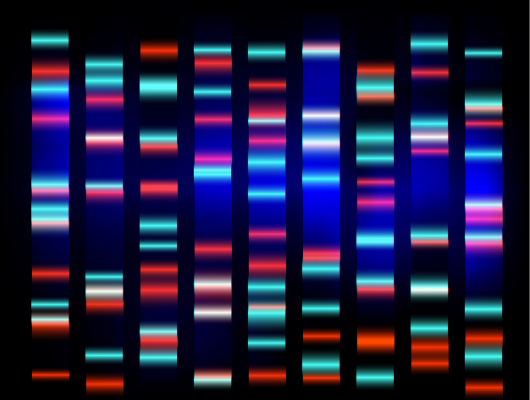The challenges of treating solid tumours with immunotherapies
The inherent complexity in treating solid tumours arises from their distinct nature when compared to blood cancers, such as leukaemia, which typically involve a singular cell type expressing uniform antigens. Solid tumours, on the other hand, present a daunting obstacle due to their heterogeneous composition of diverse cell types, each harbouring different mutations and expressing a variety of antigens. This inherent variability poses a considerable hurdle in the development of biotechnological interventions for solid tumours. Additionally, the natural hostility of solid tumours towards T cells, often encapsulated by dense collagenous scar tissue, further complicates the therapeutic landscape.
Designing effective immune cell therapies, or any therapeutic modality, becomes a more intricate task when dealing with these diverse tumours, demanding a sophisticated approach that can penetrate the tumour environment while targeting multiple antigens, concurrently. In essence, solid tumours exhibit a remarkable ability to evade our immune system, making the pursuit of effective treatments a notably intricate endeavour.
Another challenge associated with treating solid tumours with immunotherapies comes from the fact that these therapies are typically delivered intravenously. This means that the patient’s entire body will be exposed to the extra fire power the immune system has been armed with. This systemic biodistribution of these therapies often results in suboptimal doses, potential toxicities and limited efficacy of the treatment due to poor penetration into solid tumours.
This systemic delivery of immunotherapies can ultimately lead to systemic inflammation, which can be severely detrimental and often life-threatening. Our native immune system usually directs maximal efforts at the area identified as the site of infection or foreign body invasion. Hence, much of the focus for immunotherapy developers is now about not just being able to increase the fire power of our own immune systems, but to better direct them towards the true enemy and minimising collateral damage elsewhere.





